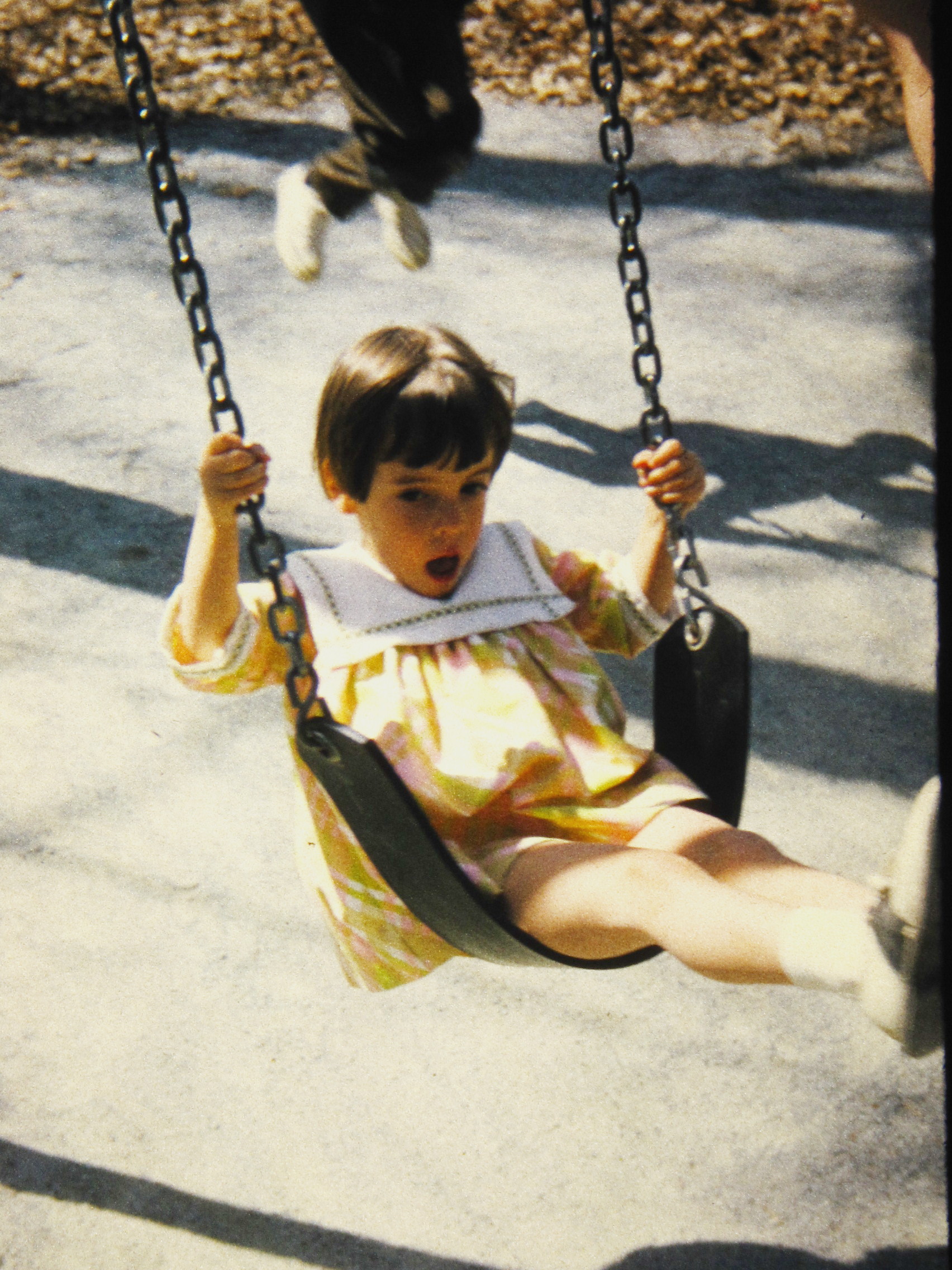I wrote my first short story as a gap-toothed five-year-old, about a little girl who sat stewing at a bowling alley; she’d just been told by her parents that she was too young to bowl with them. It was based on a true story, and I was still stewing as I wrote it.
A couple years later, I penned my first novel, The Happy Family, in a spiral notebook decorated with blue and green flowers. Loosely based on The Brady Bunch, it revolved around a huge family that gallivanted together on picnics, sorties to the beach, that sort of thing. I didn’t come from a big family, though I wished I did. And my family did not gallivant.
I pursued a career in journalism, immersing myself in other people’s stories. As a reporter for the Associated Press news service and, later, the Star Tribune newspaper, I wrote about hippies and munchkins, entrepreneurs and environmental activists. I covered fires, droughts, plane crashes and perfume bans, along with politics and sports at every level. It was a good living, mostly.
But eventually, my writing became more personal. In 1995, my younger sister, Patti, died suddenly in a tiny corner of Africa. I felt moved to write about her, and thus began a quest that would stretch more than 15 years. Over that time, my sister’s story became my story, too, told through the filter of blood and memory.
I left my newspaper job in 2007 to pursue a long-held dream: obtaining my MFA in creative writing. I paired that pursuit with mothering a young son, whose struggles with speech inspired me to launch another writing project. In My Big Book of Yearning, I explore my fraught relationship with silence and words, but at its core, the subject is familiar: yearning for what I don’t, or can’t, have.
My son knows how to gallivant, and is teaching his parents to do the same.

